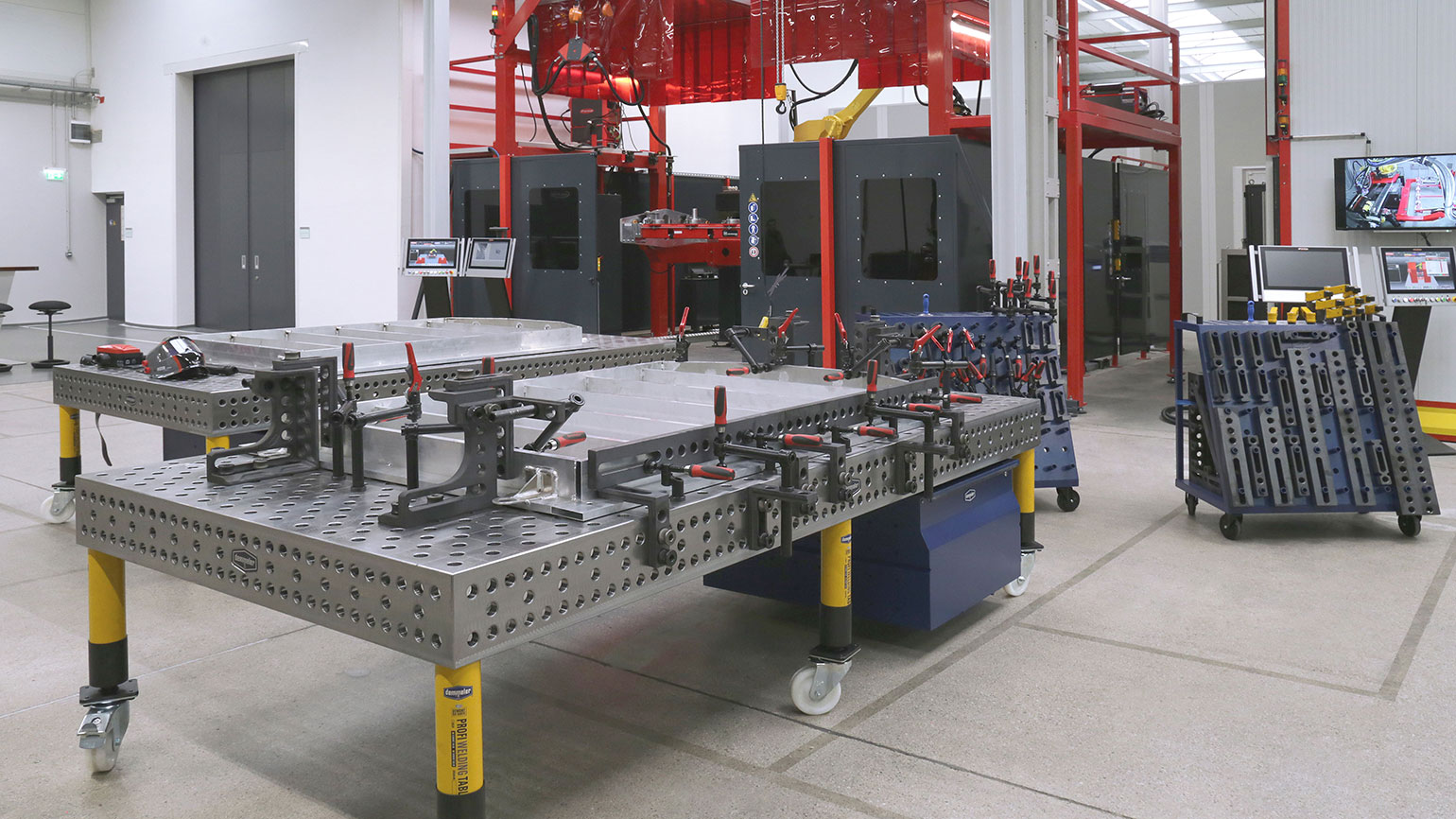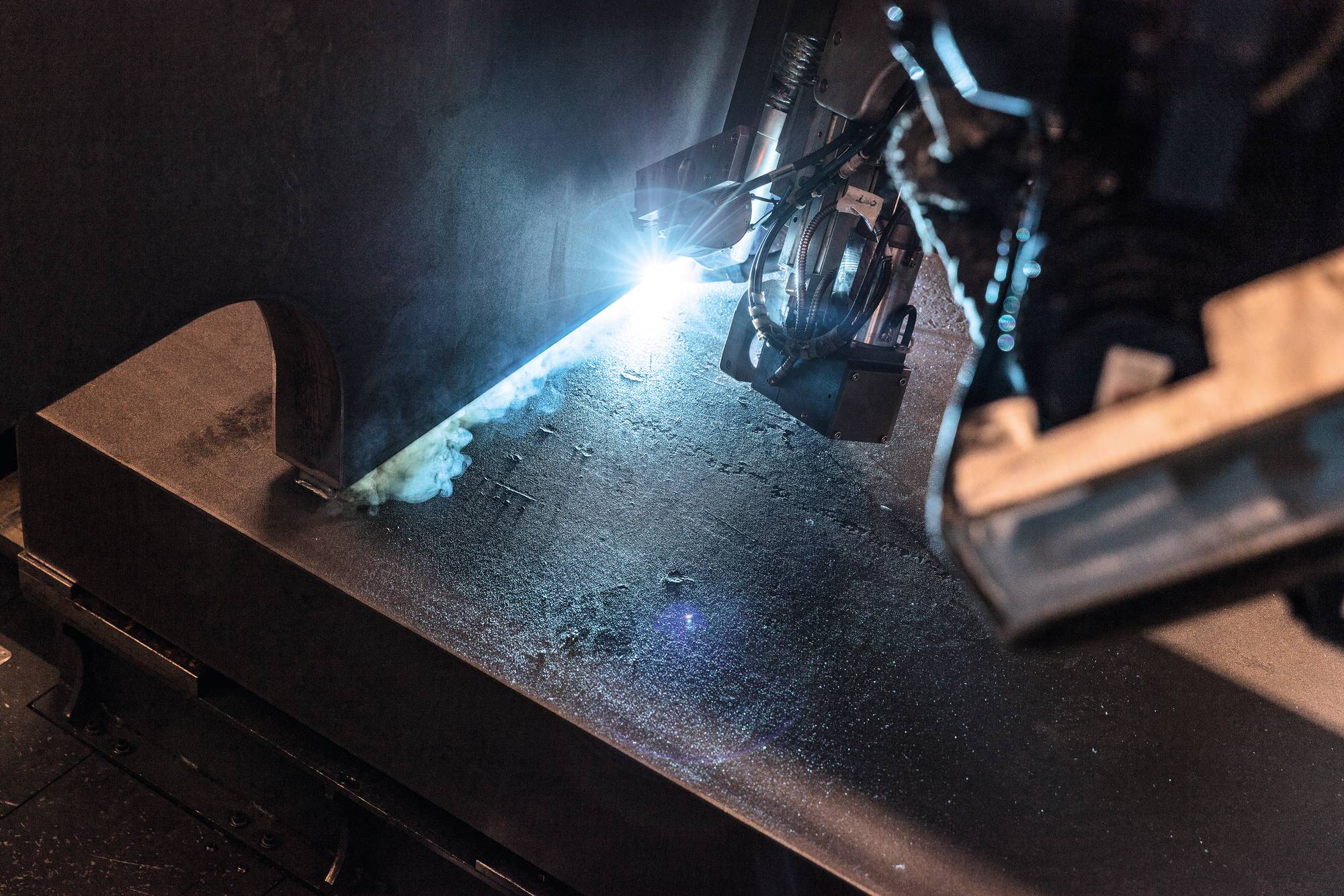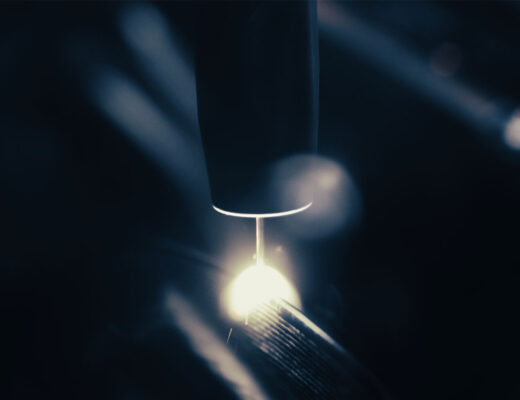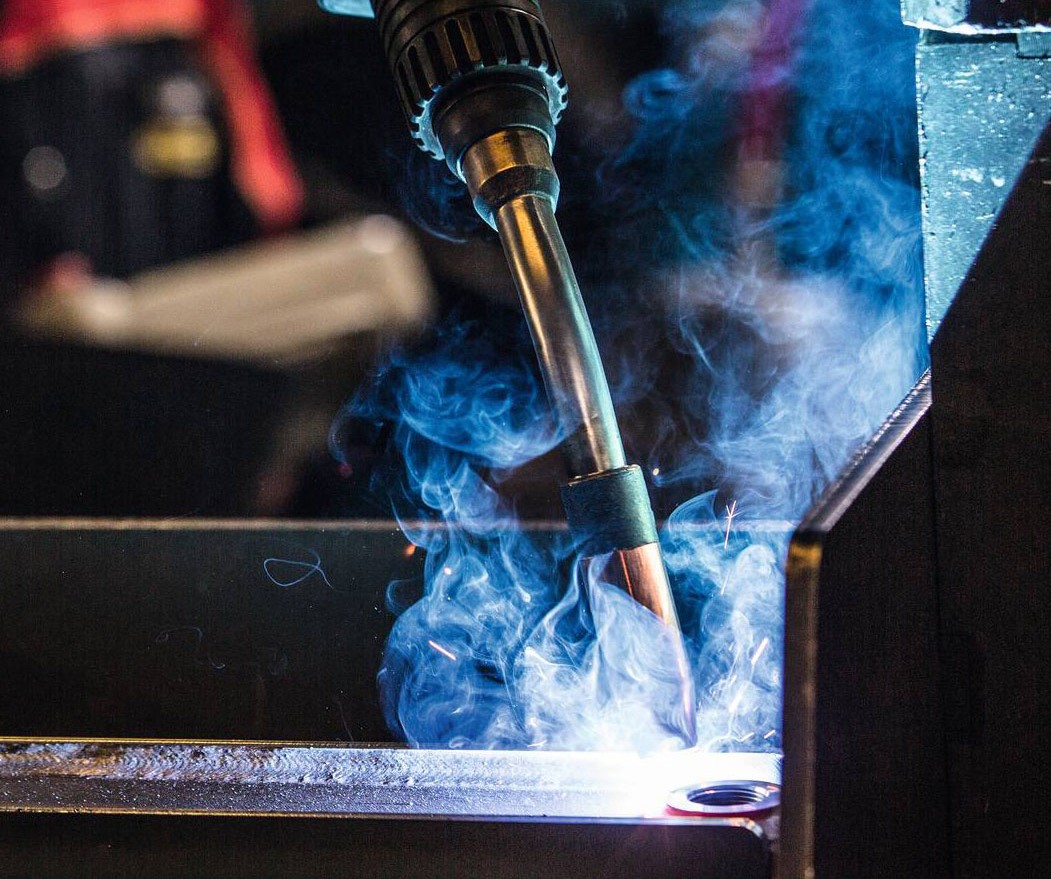What do battery trays in automotive construction and cable car gondolas have in common? The answer is surprisingly simple: the crucial role their many weld seams play when it comes to safety. Both battery trays and cable car gondolas also have to meet high quality and safety standards. The demands on weld seams are high in other sectors too. But the high-tech welding systems required for prototype construction often cost a fortune …
….
…
Focus on core expertise with considerable savings potential
We have discovered a gap in the market here. Our idea for Fronius is that if manufacturers of e-vehicles, commercial vehicles, freight cars, gondolas, or other high-tech products outsource their prototype welding, they will increasingly be able to focus on their core expertise. As a result, these companies will then have more potential to develop successful innovations.
Customers who do then go on to outsource prototype construction to us will save high investment costs as a result. This will enable them to reduce their financial risk, including where staff costs are concerned.
The Fronius prototyping center: a full service from the feasibility study through to pre-series production
Is this all just a fantasy? No. In fact, we successfully implemented this business idea at our Austrian site in Wels last year. Our welding engineers are extremely talented and, through their close cooperation with Fronius Development, they possess considerable expertise.
This is precisely why they are so keen to demonstrate their ability. Our colleagues see our customers’ wide-ranging and sometimes extremely complex welding challenges as an enjoyable challenge. We can offer an expert solution for anyone who arrives at our door with a prototype manufacturing problem:
The package starts with feasibility studies and ends with fully welded prototypes. We can also manufacture smaller quantities for pre-series production at the customer’s request.
Over 900 m2 for prototype manufacturing
We have made a real effort to equip our 900 m2 prototyping center with as many of the high-tech innovations developed by Fronius R&D as possible, including sophisticated simulation, welding, and measuring technology. This enables us to weld components measuring up to 3×2 meters and weighing up to 1,500 kilograms.
Confidentiality is of course a top priority in prototype construction and is a major concern for us. With this in mind, the facilities are sealed off from other areas, enabling us to guarantee the utmost discretion.
CMT and LaserHybrid welding technology sets the tone
Our prototyping center has two robotic welding cells, equipped with CMT technology. The “cold” CMT welding process keeps spatter and distortion to a minimum. When combined with the TPS/i welding system platform, this process can be used to produce sheet joints with a wide range of materials and wall thicknesses from 0.5 to 6 mm. This process is therefore particularly attractive in the field of ultra-light gage sheet welding.
The TPS/i is effectively a digital high-tech welding computer, which also enables us to use welding processes such as Low Spatter Control (LSC) or Pulse Multi Control (PMC).
CMT robotic welding cell
The LaserHybrid welding cell combines a powerful metal shielding gas welding system (MSG) with modern laser technology. It therefore offers the best of both worlds: excellent gap-bridging ability and a high welding speed with low heat input and deep penetration.
Laser-Hybrid delivers high-quality, low-distortion results for almost all materials. Welding speeds of up to 8 m/min can be achieved with this welding process.
LaserHybrid robotic welding cell
Cleaning with hot plasma technology
We use our revolutionary Acerios surface cleaning system to clean joining areas. This uses hot plasma technology and removes the need for chemicals that are harmful to the environment. All surfaces are cleaned only in the precise locations where they were welded.
Compared with chemical cleaning, which involves large-scale immersion of surfaces in chemicals, Acerios protects both the environment and your budget.
Sensor technology for precise weld seam paths
All the welding cells in the prototyping center are equipped with sophisticated robot assistance and control systems. A laser monitoring system mounted on the welding torch ensures that the robot welds in exactly the right location. In the event of misalignment, distortion, or tolerances, the robot can automatically correct the pre-programmed weld seam path and welding is performed reliably at the correct position. SeamTracking detects the component edge through welding torch pendulum movements for fillet and butt welds.
In WireSense, we have created another option for seam tracking. WireSense technology does not require any additional sensor hardware components—instead the wire electrode is used as a sensor. The welding torch scans the component with reversing wire movements and the welding system sends the height information and the edge positions to the robot control unit.
Real-time view of the weld seam
ArcView, our high-resolution camera system, transmits detailed images of the arc and the weld seam to a 21″ monitor. This enables us to monitor the welding process in real time and to intervene if any corrective action is needed.
Left: image with conventional camera systems, right: high-resolution image with ArcView
Defect-free components as a result of laser seam inspection
Truly perfect seams are, however, only possible if defects are reliably detected. After welding has been completed, we scan the weld seams using a laser system and reliably find even the smallest defects. This enables us to initiate corrective measures in good time and in a cost-effective way.
Each seam can be traced
Our documentation software WeldCube monitors and stores all relevant data from the welding process. It enables each individual weld seam to be traced and perfectly reproduced.
Component measuring with special camera and robot
Once the component is fully welded, we measure it in a special robotic measuring cell. This enables us to detect any deviations from the virtual component and any exceeded tolerances—for example in component distortion—in the early stages of prototype construction and means that we can optimize the parameters during the welding tests.
Component measuring
Last but not least, we offer our customers the option of subjecting the finished prototypes to metallurgical testing and we have an in-house laboratory at Fronius for this purpose.
Are you interested in the Fronius prototyping center?
Have we sparked your interest in our prototyping center? Would you like more detailed information or do you perhaps have a challenging welding task that we could help you with? Click here to find out about outsourcing prototype construction to Fronius …
 Perfect Welding Blog
Perfect Welding Blog




No Comments